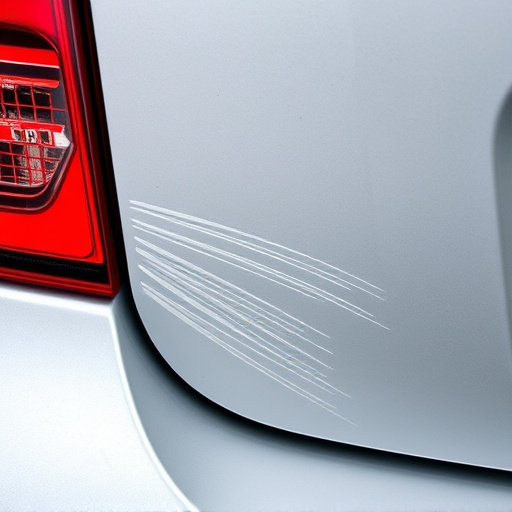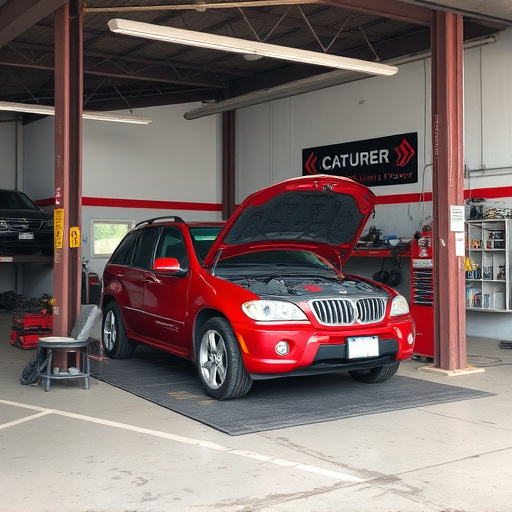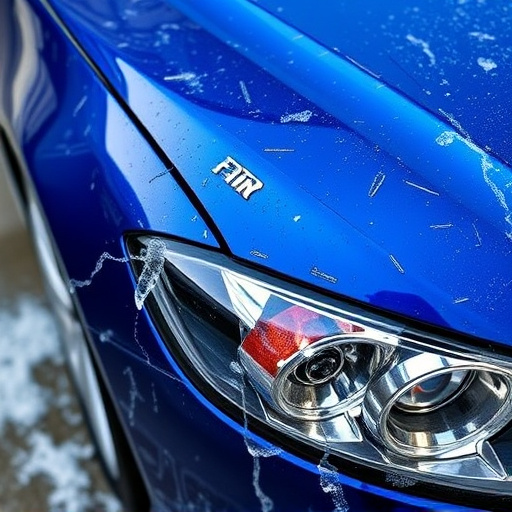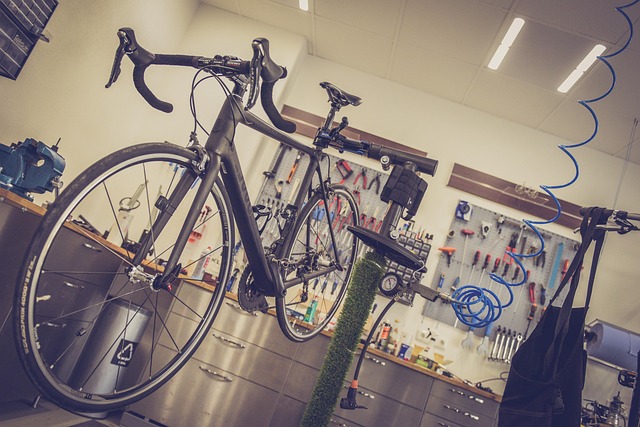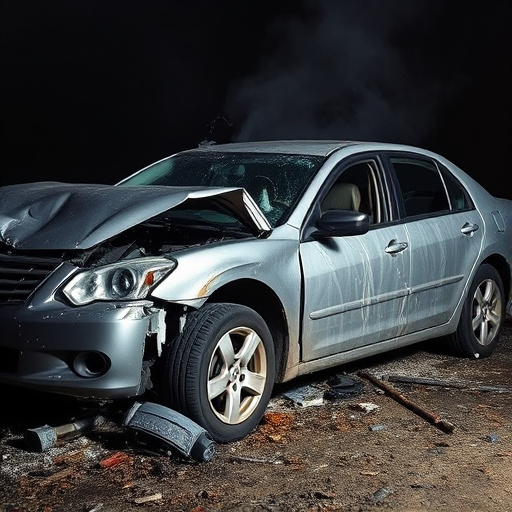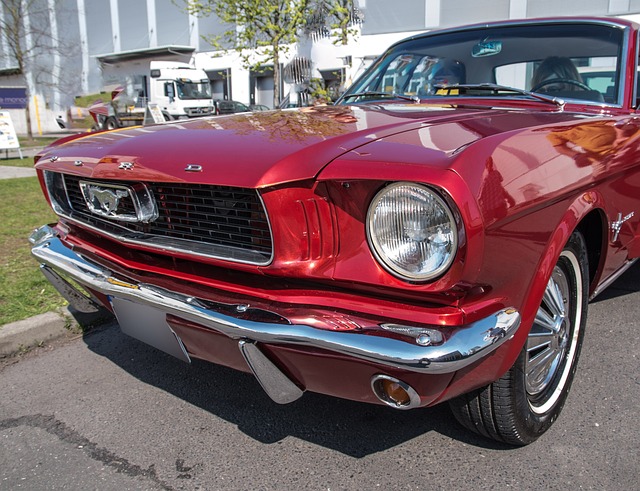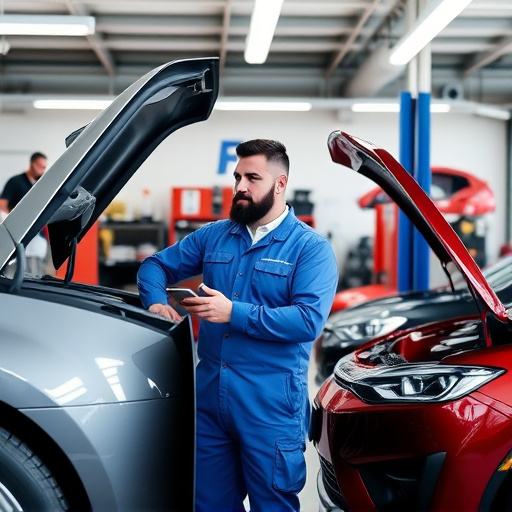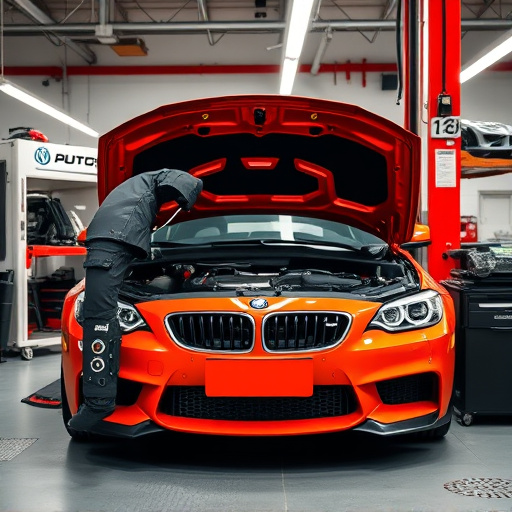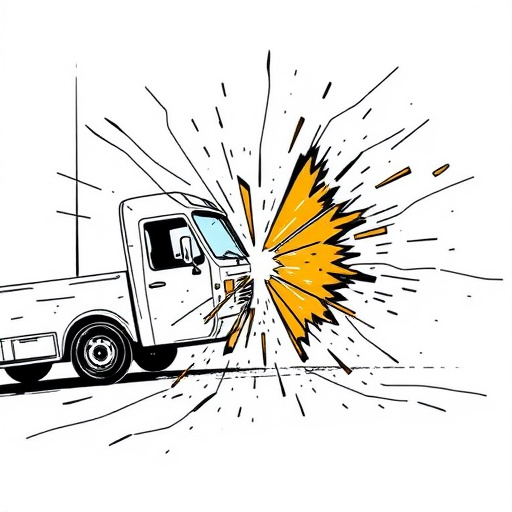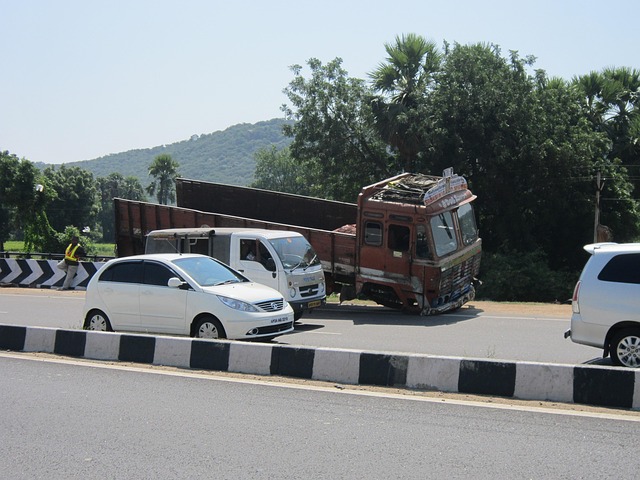After a low-speed collision, assess Tesla splitter shield damage, from dents to structural issues. Repairs require precision techniques and quality parts for optimal vehicle performance. Preventative measures like regular cleaning and genuine replacements safeguard against future accidents.
After a low-speed collision, your Tesla’s splitter shield may incur damage that, if left unattended, could compromise its structural integrity. This article guides you through understanding common types of Tesla splitter shield damage, offers step-by-step repair instructions, and provides best practices to prevent future issues. Learn how to efficiently restore your Tesla’s front bumper protector, ensuring optimal protection on the road. Key focus: Tesla splitter shield repair.
- Understanding Tesla Splitter Shield Damage After Low-Speed Collisions
- Steps for Effective Tesla Splitter Shield Repair
- Preventing Future Damage: Tips and Best Practices
Understanding Tesla Splitter Shield Damage After Low-Speed Collisions
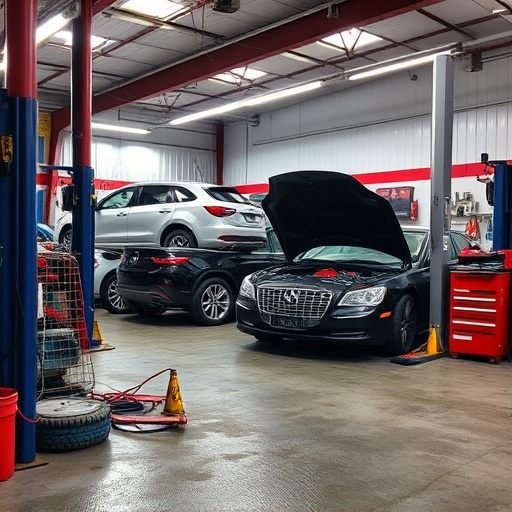
After a low-speed collision, the Tesla Splitter Shield—a distinctive component that enhances the vehicle’s aerodynamics and aesthetic appeal—can sustain visible damage. Understanding this type of harm is crucial for effective Tesla splitter shield repair. Dents, scratches, or minor creases are common issues, often resulting from hail damage or light collisions with curbs or other low-speed obstacles.
Proper assessment is key to determining the extent of the repair needed. While some dents might be cosmetically significant, they may not affect structural integrity. In contrast, deeper or more complex deformations could impact airflow and require specialized techniques for both Tesla splitter shield repair and dent removal. Collision damage repair professionals are equipped to handle these scenarios, ensuring that the vehicle’s performance and appearance remain optimal after the restoration process.
Steps for Effective Tesla Splitter Shield Repair
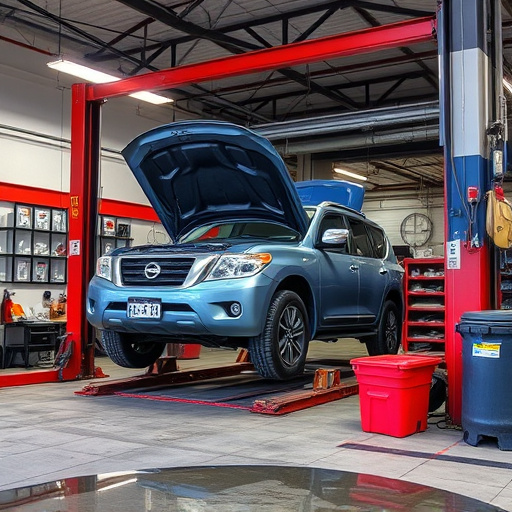
When it comes to Tesla splitter shield repair after low-speed collisions, a systematic approach is key. Start by assessing the damage, which often involves dents or cracks in the front bumper’s lower portion. Next, gather the necessary tools and parts, ensuring compatibility with your Tesla model. Demount the damaged section carefully, separating it from the vehicle without causing further harm.
Proceed with meticulous precision when repairing or replacing the splitter shield. This may involve using specialized automotive restoration techniques such as metal welding or plastic injection molding. Once the repair is complete, thoroughly inspect the work for any imperfections or misalignments. Proper alignment ensures not only a seamless visual appeal but also optimal performance of the front bumper, enhancing safety and aesthetics in equal measure. Remember, quality autobody repairs are crucial for both the longevity of your Tesla and your peace of mind on the road.
Preventing Future Damage: Tips and Best Practices
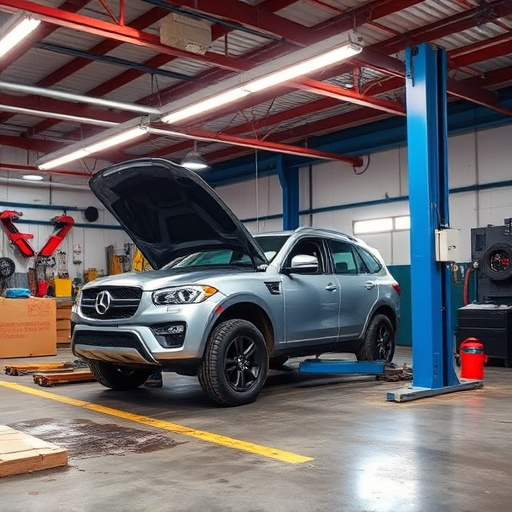
After a low-speed collision, proper Tesla splitter shield repair is crucial to prevent future damage. The first step in mitigating potential long-term effects is a thorough inspection. Look for any signs of deformation, cracks, or misalignments that could compromise the structural integrity of the shield. Early detection and prompt repair can save you from more significant—and costly—auto body services down the line.
To further protect your Tesla’s front end, adopt best practices in vehicle body repair. Regular washing and waxing not only enhance the aesthetic appeal but also provide a protective layer against road debris. Additionally, keeping the underbody free from buildup reduces friction, minimizing wear and tear. Always opt for genuine replacement parts when conducting auto body repairs to ensure optimal performance and maintain the vehicle’s original look. Remember that preventative measures, like these tips, are key in preserving your Tesla’s value and safeguarding it from future accidents.
In conclusion, understanding and addressing Tesla splitter shield damage after low-speed collisions is crucial for maintaining your vehicle’s aesthetics and safety. By following the outlined steps for effective repair and adopting preventive tips, you can ensure your Tesla’s front fascia remains intact and functional. Remember, prompt action on minor damages can save you from more extensive repairs later on, keeping both your wallet and vehicle in top shape. Focus on regular maintenance, be vigilant for potential issues, and always prioritize Tesla splitter shield repair when needed.

